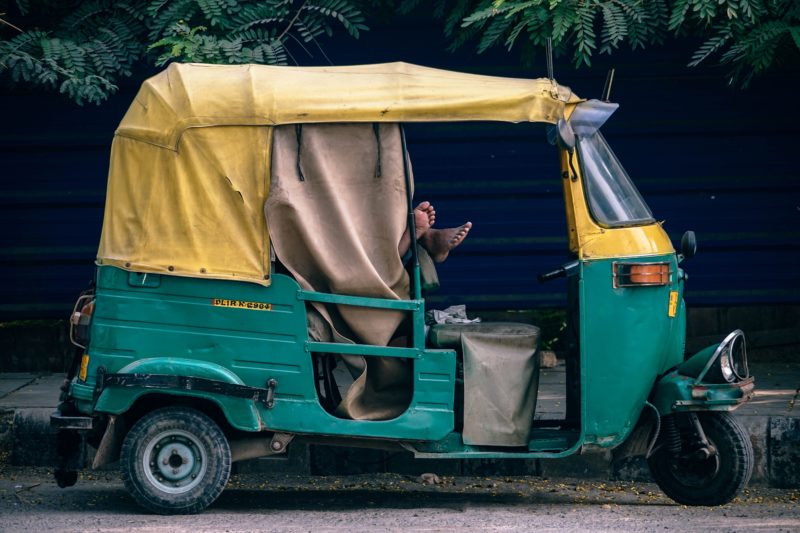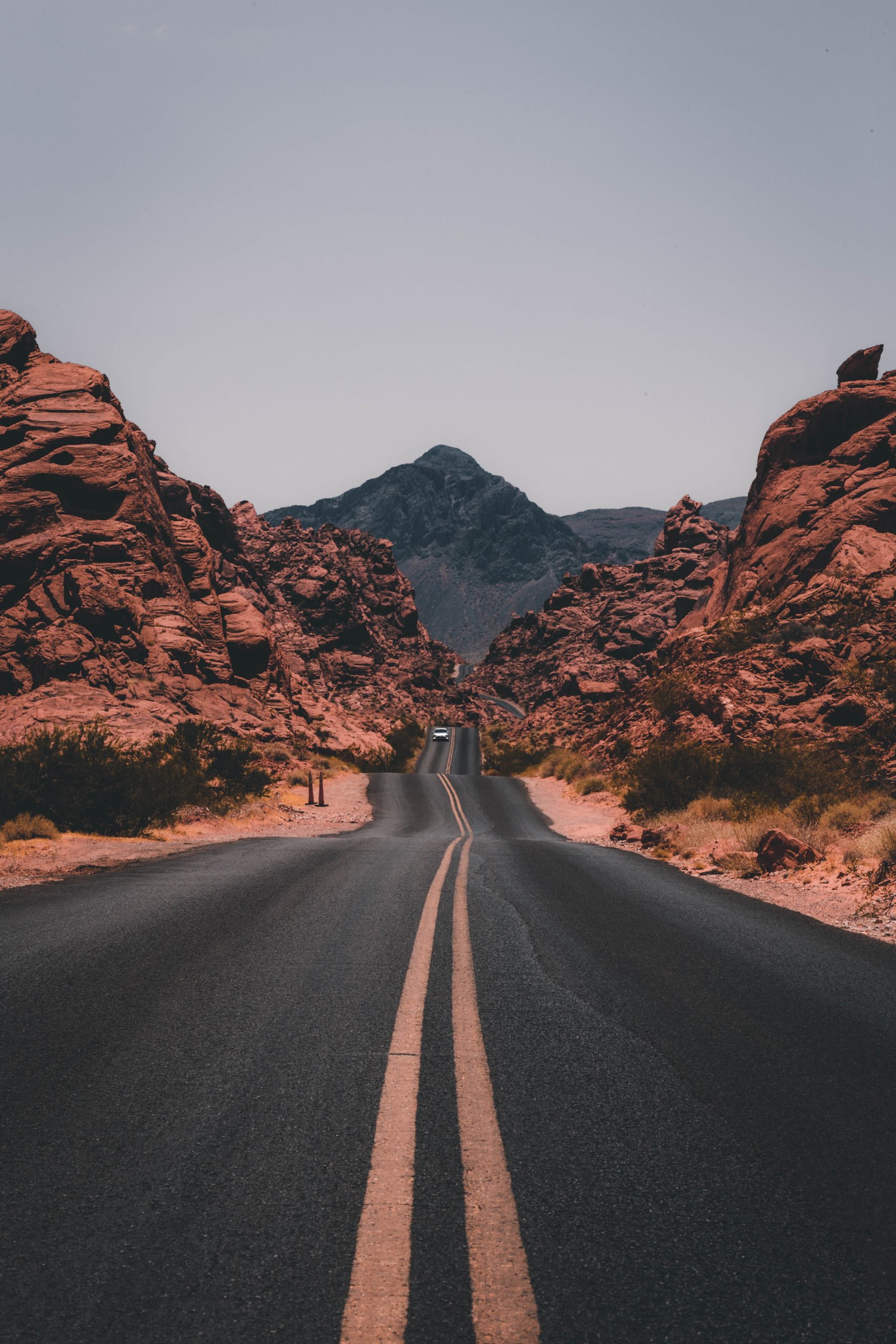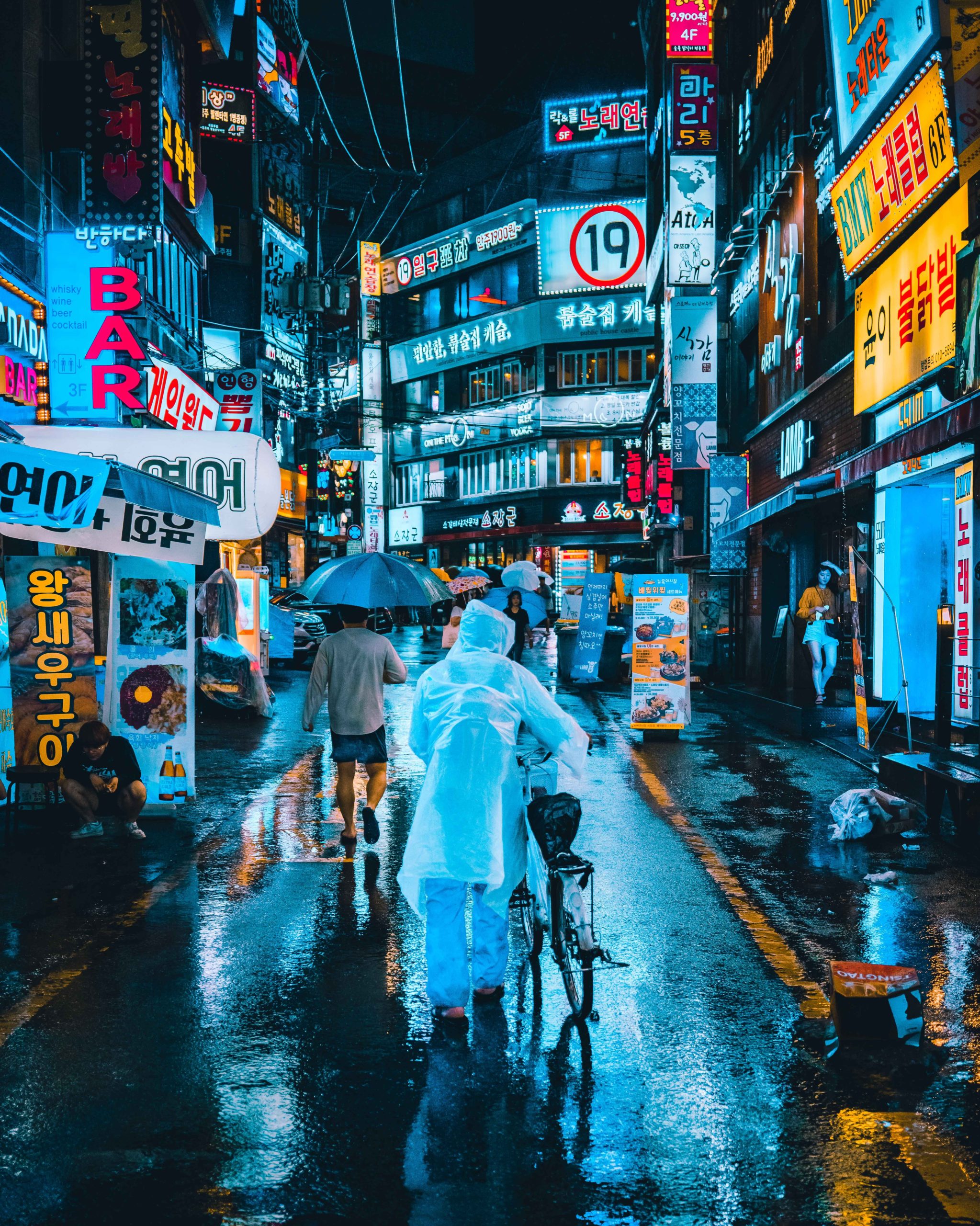A city where old world charm and modern aspirations jostle for survival, New Delhi has often been compared to a phoenix rising from the ashes. The dynamic city-state of New Delhi has sustained a lasting affair with conquest and change, after having been occupied, plundered, abandoned, and rebuilt seven times over the years by the Lodi and Mughal dynasties, the British Empire, and later, the émigrés of partition. But thankfully today, even after repeatedly testing New Delhi’s resilience, vestiges of the city’s multilayered colonial past are bountiful, as evidenced by the historical relics of each era of power that are dotted throughout the city.
For Delhi neophytes and seasoned travelers alike, the city’s delights are not immediately noticeable as it can be an overwhelming cacophony of chaos, beset by its lawless traffic, roadside hawkers, street filth, persistent beggars, and stray animals. But if you can overcome the sensory overload, you will quickly unravel the many architectural gems and cultural relics the city has to offer and appreciate the splendor amidst the squalor. With only 48 hours to spare, force yourself to shed your traditional ideals and experience an unconventional, yet phenomenal display of beauty.
Nestled on the banks of the sacred Yamuna River, the sprawling metropolis of New Delhi is the political capital, cultural hub, and historical epicenter of the world’s largest democracy—India—and is known to be one of the oldest cities of our civilization. With an exploding population of more than 16 million, it is ranked as the second most populous city in the country, trailing behind Mumbai. Delhi is roughly divided into two parts, North and South Delhi, otherwise known as Old and New Delhi, respectively. Old Delhi is the former walled city of the Mughal Empire, and houses many of the revered cultural monuments that comprise the heart of the city. New Delhi, on the other hand, is a testament to the rapidly changing economic, social, and cultural landscape of India, with a skyline that blatantly boasts the new money power of contemporary India.
Delhi is brimmed with endless contradictions, where the new and old and the rich and poor coexist. Witness a penniless man weaving his rickshaw in and out of droves of luxury imported cars. Observe a sea of ancient ruins erected alongside contemporary architectural marvels. Gaze at the juxtaposition of temples, mosques, and churches. Haggle at one of the old, quaint open-air bazaars or shop around in one of the vast air-conditioned, swanky shopping malls.
Infamous for its inclement weather, Delhi experiences an unfortunate combination of dust storms, monsoons, frigidity, thick fog, and heat waves. The best months to visit are October to mid-December and February to March, when temperatures have passed the extreme highs and lows of summer and winter, respectively.
Delhi is not pedestrian-friendly, but with the new, expansive underground transport network, it is easier than ever to navigate the city without idling in endless traffic. Alternatively, you can rent a pre-paid car with a chauffeur for the day, starting at Rs.600/day (approximately $15/day).
Day 1:
1) Start off the day with a relaxing yoga session at one of Delhi’s lushest and most peaceful parks, Lodhi Gardens. It is the perfect oasis of tranquility in the heart of the bustling capital. Tune into the echoes of nearby temple bells and morning prayers to experience the perfect meditative melody. Namaste!
2) A trip to India is incomplete without the thrill of riding in an auto-rickshaw, so hop into a yellow and green three-wheeler and head over to Delhi’s upscale shopping area, Khan Market. Pick up a morning chai tea at Barista—India’s answer to Starbucks—and a light breakfast at Choko-la. Save enough time to peruse all the designer boutiques, décor havens, and trendy bookshops. For a store replete with luxurious Indian fabrics and bold colors, try Fab India.
3) Whisk over to Old Delhi to catch a glimpse of India’s largest mosque—the Jama Masjid—situated in the heart of Delhi’s most crowded marketplace, Chandni Chowk. Climb the steps of the tower to enjoy panoramic views of the city. Walk through the labyrinthine alleyways to feel the full force of the city. This is a fairly conservative area, so it is best to cover up as much as possible to ward off any negative attention.
4) Catch a mouthwatering Mughlai lunch at one of Delhi’s culinary institutions, Karim’s. Having been in business since 1913, Karim’s is exceptionally popular among locals and expats alike and is consistently known as the best place for kebobs. Even with astonishingly affordable prices, there is no compromise on quality.
5) Admire the regal splendor of the Red Fort, an architectural marvel that showcases the creativity and innovation of the Mughal Empire. Regarded as a UNESCO World Heritage Site, the red-stone fort served as the residence of Emperor Shahjahan, and today, it is considered the iconic pride of Delhi’s rich cultural heritage. Encasing a considerable amount of Old Delhi with its mile-long walls and multiple facades and pavilions, the Red Fort can be seen from many vantage points all over Old Delhi, offering breathtaking views from each. To truly bask in the glory of the old palace, it is best to go during sunrise or sunset.
6) Stroll around the grand open-air market of Pahar Ganj, otherwise known as the backpacker’s paradise for bargains in virtually everything imaginable.
7) Flaunting India’s diversity perfectly, Dilli Haat is a year-round craft bazaar and food court that offers mouthwatering dishes from all over India and a variety of handicrafts from every state. You will find vibrant colored fabrics, handicrafts with intricate designs, and soothing classical music played live by aspiring local artists. After perusing the endless stalls, stop for a quick bite at one of the many eateries stationed around the complex. It truly is a microcosm of the Indian cuisine, with momos (steamed dumplings) from the northernmost state of Kashmir to dosas (spiced potatoes and vegetables enrobed in flat bread) from the southernmost state of Tamil Nadu, and everything in between.






